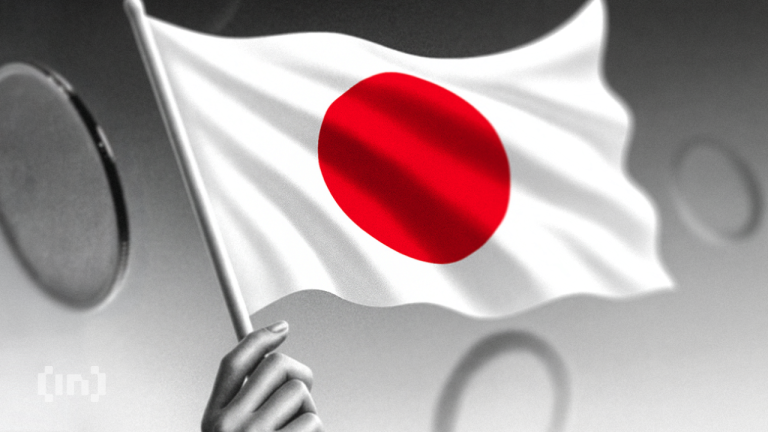
Mindfulness Practices for Stress Relief: Finding Inner Peace in a Busy World
Mindfulness practices for stress relief have become increasingly popular in recent years, and for good reason. With the demands of modern life, it’s easy to get caught up in stress and anxiety. However, by incorporating mindfulness practices into your daily routine, you can reduce stress and anxiety, and find inner peace in a busy world. In this article, we’ll explore the benefits of mindfulness practices for stress relief, and provide tips and techniques for getting started.
What is Mindfulness?
Mindfulness is the practice of being present in the moment, without judgment or distraction. It’s about paying attention to your thoughts, feelings, and sensations, and accepting them for what they are. Mindfulness is not just a technique, but a way of life. By being more mindful, you can reduce stress and anxiety, improve your relationships, and increase your overall sense of well-being.
Benefits of Mindfulness Practices for Stress Relief
The benefits of mindfulness practices for stress relief are numerous. Some of the most significant advantages include:
- Reduced stress and anxiety: Mindfulness practices have been shown to decrease the production of stress hormones like cortisol, leading to a decrease in stress and anxiety.
- Improved mood: Mindfulness practices can increase the production of neurotransmitters like serotonin and dopamine, which can help improve your mood and reduce symptoms of depression.
- Improved sleep: Mindfulness practices can help you relax and prepare for sleep, leading to improved sleep quality and duration.
- Increased focus and concentration: Mindfulness practices can improve your ability to focus and concentrate, leading to greater productivity and efficiency.
- Improved relationships: Mindfulness practices can help you communicate more effectively and respond to challenging situations with greater ease and compassion.
Mindfulness Techniques for Stress Relief
There are many mindfulness techniques that can help you reduce stress and anxiety. Some of the most popular techniques include:
- Meditation: Meditation is a powerful mindfulness technique that involves focusing your attention on a single point, such as the breath or a mantra. Regular meditation practice can help reduce stress and anxiety, and improve your overall sense of well-being.
- Yoga: Yoga is a physical practice that combines movement, breath, and meditation to promote relaxation and reduce stress. Yoga can help you develop greater body awareness, balance, and flexibility, while also reducing stress and anxiety.
- Deep breathing: Deep breathing is a simple yet powerful mindfulness technique that involves focusing your attention on the breath. Deep breathing can help calm the nervous system, reducing stress and anxiety, and promoting relaxation.
- Body scan: A body scan is a mindfulness technique that involves lying down or sitting comfortably, and bringing your attention to different parts of the body. This can help you release physical tension, and promote relaxation and calm.
- Walking meditation: Walking meditation is a mindfulness technique that involves paying attention to the sensation of your feet touching the ground, and the movement of your body as you walk. This can help you cultivate greater awareness and presence, while also reducing stress and anxiety.
Getting Started with Mindfulness Practices for Stress Relief
Getting started with mindfulness practices for stress relief is easier than you think. Here are some tips for getting started:
- Start small: Begin with short periods of mindfulness practice, such as 5-10 minutes, and gradually increase as you become more comfortable with the practice.
- Find a quiet space: Identify a quiet, comfortable space where you can practice mindfulness without distraction.
- Focus on the breath: Bring your attention to the breath, and focus on the sensation of the breath moving in and out of the body.
- Be gentle with yourself: Remember that mindfulness is a practice, and it’s okay if your mind wanders. Gently bring your attention back to the present moment, without judgment or distraction.
- Seek guidance: Consider working with a mindfulness teacher or therapist, or using online resources and apps to guide your practice.
Conclusion
Mindfulness practices for stress relief are a powerful tool for reducing stress and anxiety, and improving your overall sense of well-being. By incorporating mindfulness techniques into your daily routine, you can cultivate greater awareness, presence, and calm, and find inner peace in a busy world. Remember to start small, be gentle with yourself, and seek guidance as you begin your mindfulness journey.






